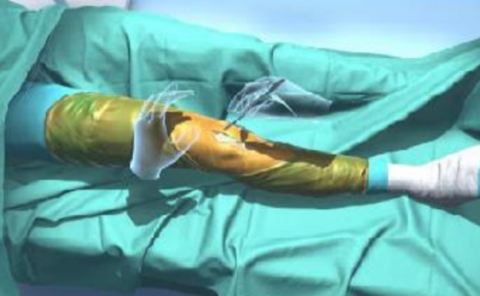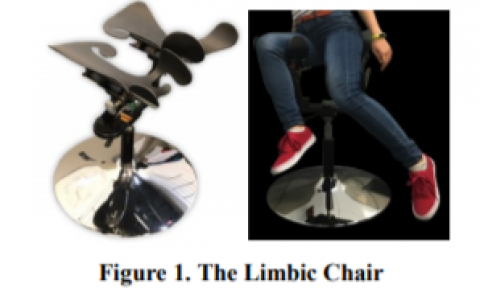CVIQD: Subjective quality evaluation of compressed virtual reality images
PubDate: February 2018
Teams: Peking University;Beijing university of Technology;Shanghai Jiao Tong University;Nanyanz Technological University;Luman Université
Writers: Wei Sun ; Ke Gu ; Guangtao Zhai ; Siwei Ma ; Weisi Lin ; Patrick Le Calle
PDF: CVIQD: Subjective quality evaluation of compressed virtual reality images

Abstract
The 360-degree spherical images/videos, also called Virtual Reality (VR) images/videos, can provide immersive experience of the real-world scenes in some specific systems. This makes it widely employed in concerts/sports events live and VR movies. However, it is difficult to transport, compress or store VR images/videos due to their high resolution. So it is significant to research how the popular coding technologies influence the quality of VR images. To this aim, this paper carries out subjective quality evaluation of compressed VR images and examines the correlation performance of popular objective quality measures in accordance with the aforesaid subjective ratings. We first establish a Compressed VR Image Quality Database (CVIQD), which includes five source VR images and associated 165 compressed images under three prevailing coding technologies. The Single-Stimulus (SS) method is exploited to collect the subjective scores from 20 inexperienced viewers. Next, we implement 10 classical and recent objective quality metrics on the CVIQD database and compute the correlation between each above quality metric and subjective assessment in terms of five commonly used performance indices. Experimental results reveal that multi-scale based MS-SSIM and ADD-SSIM models have lead to high correlation with human visual perception.



